In addition to the many natural attractions that are so beautiful, the island of Sumba also has various other beauties. such as cultural traditions, woven fabrics, community stories and traditional houses. This time I will discuss about several villages with traditional houses on the island of Sumba.
Ratenggaro traditional village
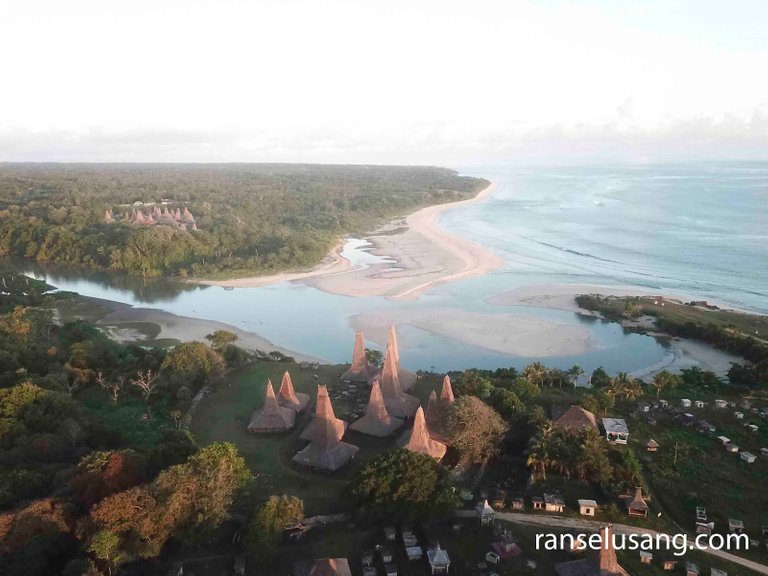
Ratenggaro traditional village is one of the traditional villages that is quite famous for its beauty. Served with a landscape of white sand in front of the village that will spoil the eyes of anyone who is visiting there.
Geographically, the traditional village of Ratenggaro is located on the beach and the mouth of the Waiha river. And also adjacent to the traditional village of Wainyapu which is also at the mouth of the river. The location is approximately 57 km from the city of Tambolaka.
One of the uniqueness of the traditional village of Ratenggaro is in the shape of the house or called (uma Kelada). Namely with a tower that soars upwards of about 15 meters. The condition of the roof of the house in Ratenggaro is different from other traditional houses which have a height of about 7 to 8 meters.
While Ratenggaro also has the meaning of Garo's Grave, because the Ratenggaro traditional village has about 304 graves or grave stones. Among them there are 3 unique grave stones located on the seafront and are historical graves.
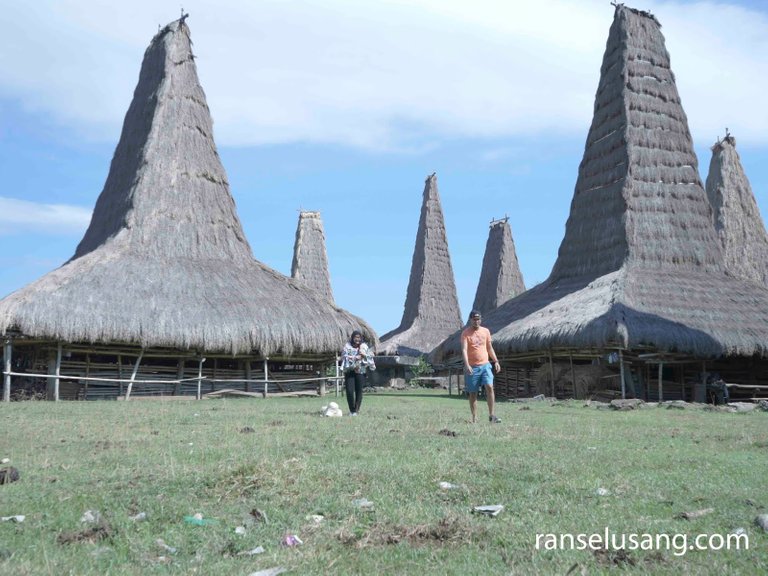
Ratenggaro traditional village is one of the destinations for local and foreign tourists. In addition, Ratenggaro traditional village is the most frequently visited by tourists. Not infrequently there are also ships that dock to visit him out of curiosity.
Tarung traditional village
The traditional Tarung village itself is located in the Waikabubak city area, West Sumba. The fighting village has its own charm. In addition to being one of the oldest traditional villages in the West Sumba region, the people who live in this approximately 1 kilometer long land are still loyal to maintaining the customs of their ancestors. While the meaning of the word "Fight" itself does not symbolize a fight or quarrel. But the meaning of Tarung is a call for the spouse of the ancestors. Where the ancestors will protect Tarung and protect anyone who is weak.
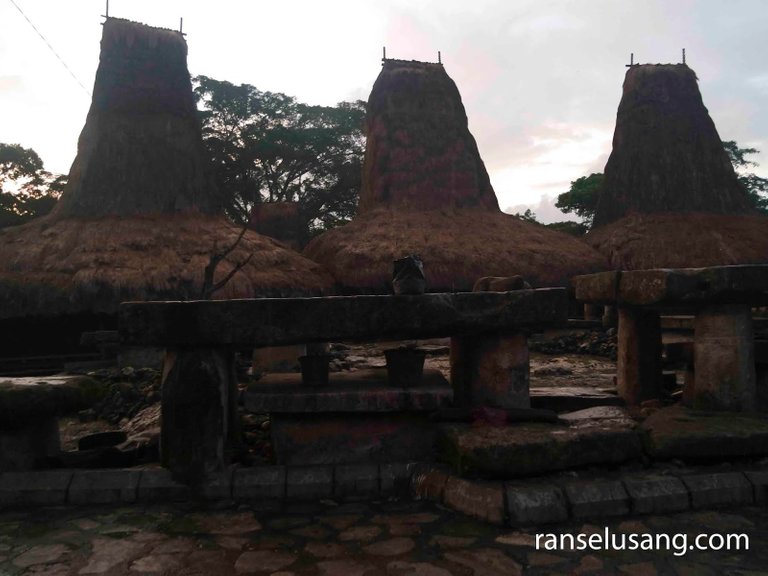
In the traditional village of Tarung itself there are about 100 traditional houses inhabited by about 400 residents. Each house is filled by three generations.
The tower house or traditional house itself is a traditional house typical of West Sumba which has a philosophy and function for the people of the Tarung traditional village. However, there was a fire accident that devoured almost 30 houses in the traditional village of Tarung.
Traditional houses in Sumba are often known as "uma". Where the architecture is shaped like a box on a stage that has 4 wooden supports that are used as the main frame of the building.

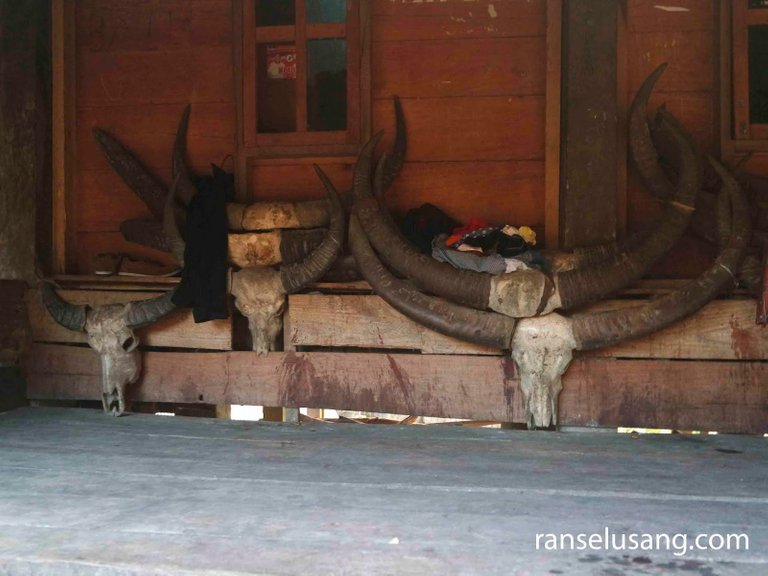
As a roof pole, it is usually equipped with 36 logs which are connected using wooden pegs. Traditional houses are usually divided into several parts, such as:
The roof (Toko Uma) is conical or like a Joglo (Javanese traditional house), but what makes the difference is the material used as the roof. Where for the house in the traditional village of Tarung using reed grass. In this section it is used as a place to store heirlooms and at the same time as a barn for the harvest.
The middle part of the residence (Bei Uma), in this room is divided into several functions such as a room for men and women only, a family room, and also a room used as a gathering place or called Proud. The bottom of the stage (Kali Kabunga), usually used as a cage for their livestock.
Praijing traditional village
In addition to the traditional village of Ratenggaro and the village of Tarung, the traditional village of Praijing is also very popular for tourists. Praijing traditional village is a destination developed by the local government which is expected to increase the number of tourist visits to the area.
Because the Praijing traditional village also offers the charm of the beauty of the rice field landscape located behind the village. As in other traditional villages, in the Praijing traditional village there are also megalithic tombs or grave stones scattered in the middle of the yard.
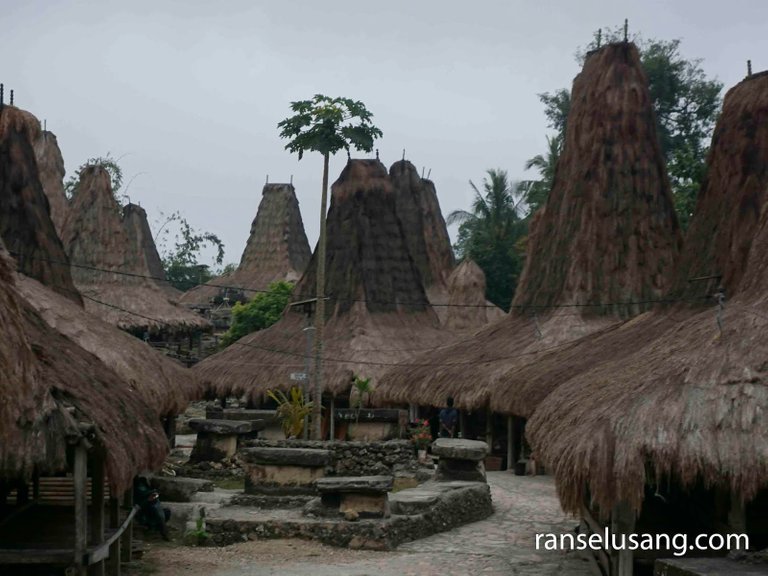
The houses in the Praijing traditional village are also divided into three parts. Among other things, Lei Bangun (under the house) as a place to keep livestock, Rongu Uma (second level) as a place to live, and Uma Daluku (tower or attic) is used to store food and heirlooms.
Then the roof of the house is equipped with a kind of carved pole which is usually used as a door that distinguishes between men and women. Usually the male door is used by the head of the household or father to enter the house. While the women's door is usually used for mothers who will go to the market.
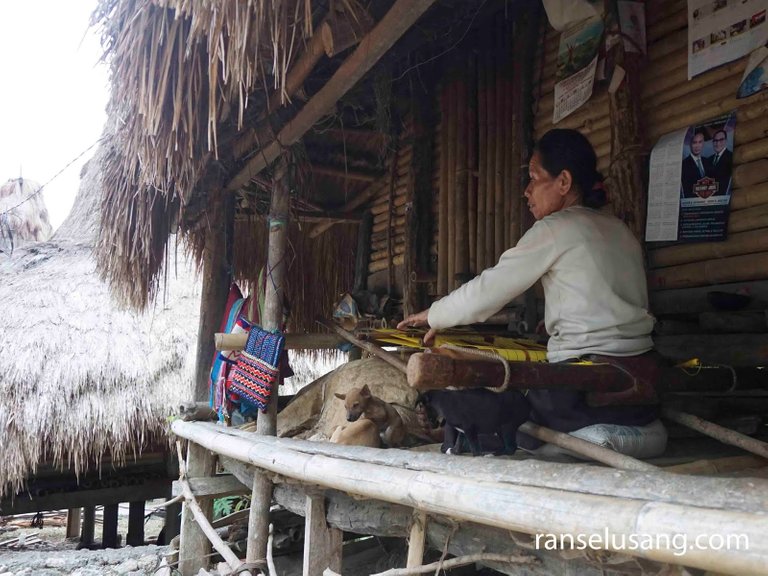
In the tower house there are also 4 pillars that support the tower. In each tower there is a meaning "women's pillar" because it is located close to the kitchen which is the center of Inna's or mother's activity. While the other pole is called the "male pole" because its place is adjacent to the living room where men are for discussion or deliberation.
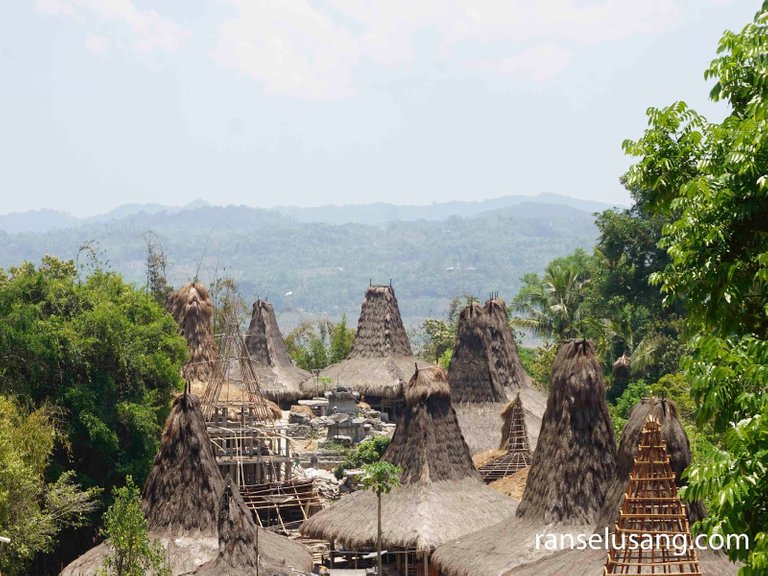
Then on each pole there is a round detail. The residents believe that this is where the Marapu, a tribal belief in Sumba, resides. Marapu is the original religion that is still practiced by the Sumbanese. It is said that it means "the one who is in charge" or "the exalted one". This religion is a belief based on the worship of the spirits of the ancestors.
Hopefully writing about traditional houses or cultural villages on the island of Sumba can be useful for those of you who want to visit Sumba and not only look for natural beauty.
Hello @joeymono! This is @traciyork from the @ocd (Original Content Decentralized) curation team. We noticed you shared your first post here on Hive - congratulations and welcome! It would also be awesome if you could do an introduction post, so our community can get to know you better. For an example, you can check out this one by my friend & curation team member -
Keeping Up With the Buzz - My Introduction to the Hive Community.
I noticed you're sharing content from your Instagram account - could you mention Hive in your Bio section, or as part of a post? Afterwards, be sure to mention it here, so the community knows this is really you and not someone trying to profit off your awesome talent. Thanks!
Speaking of community, we have many different ones here on the blockchain, devoted to all kinds of interests. Here's a link so you can check them all out - Hive Communities. I think you might enjoy these two to start off with -
Photography Lovers Community
Haveyoubeenhere Community
Also, as Hive can sometimes be quite confusing, the newly launched Newbies Guide should be helpful to you, as it is a growing repository of useful and easy to understand posts about how the Hive ecosystem works.
Since you're new, you may run into an RC (Resource Credits) error when trying to comment/post because you don't yet have enough Hive in your account yet. For assistance with a temporary delegation to get you started, be sure to check out the Gift Giver site.
OCD Discord server if you have any questions!For now, @lovesniper will follow your account and we are looking forward to seeing your intro post. Also, please mention (also known as tagging) @traciyork & @lovesniper in your intro post in order for us to be notified, so we can consider your post for OCD curation. Lastly, feel free to hop into the